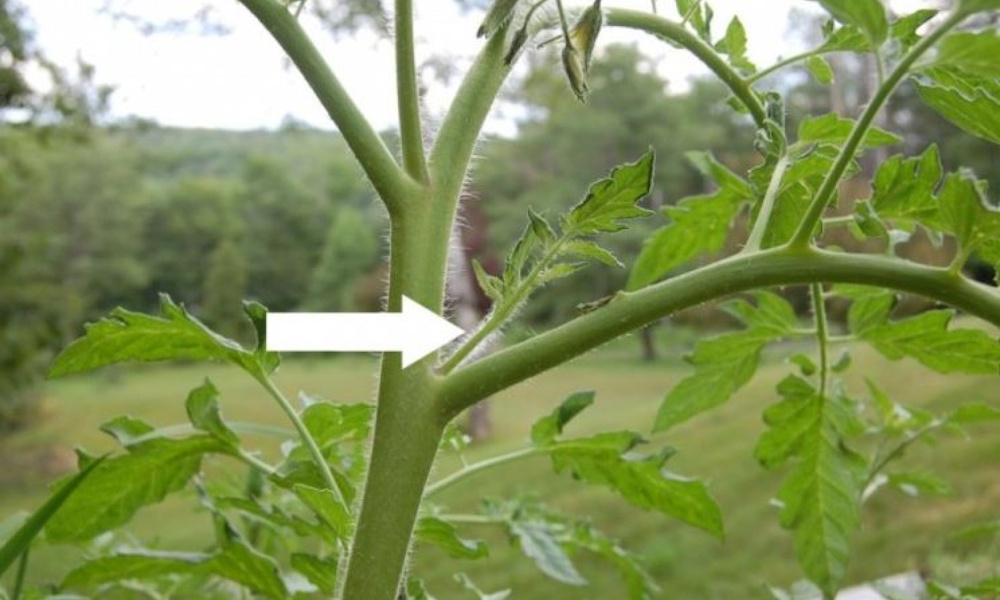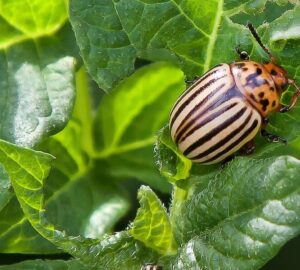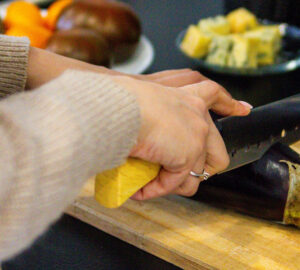Learning how to prune your tomato plant can lead to a more abundant harvest. It may seem daunting, but it’s easier than you think. By following a few simple rules and avoiding some common mistakes, you can ensure your tomato plants are in top shape.
Understanding the Need for Pruning
There’s a lot of advice out there on pruning tomato plants, but it can be confusing. Some gardeners let their tomato plants grow freely without pruning, and that’s perfectly fine. However, pruning can lead to a higher yield, making it worth the effort. In this guide, we’ll break down the essentials of tomato pruning, so hobby gardeners can become experts in no time.
The Importance of Pruning Tomatoes
When it comes to tomato varieties, there are two main categories: determinate and indeterminate. Determinate tomatoes are naturally bushy and stop growing after reaching a certain height, so pruning them isn’t necessary. However, indeterminate tomatoes have a different growth pattern. These plants produce sprawling, ever-growing stems and shoots that can become a tangled mess if left unattended. While the foliage might look lush, it’s the fruit you’re after. Tomatoes need plenty of sunlight to ripen and develop their sweet flavor. Allowing the shoots to run wild can result in fewer and less tasty tomatoes.
The Art of Pruning Tomatoes
As you embark on the journey of pruning tomatoes, remember three essential rules:
- Preserve the Top Growth: Never trim the highest growing flowers. Cutting these off will stunt the plant’s upward growth, making it bushier and less productive.
- Tackle Suckers Early: Regularly remove small suckers that sprout where the stem meets the branch of a tomato plant. Waiting until they’re larger can damage the plant and divert energy from fruit development.
- Base Check: Before starting, inspect the plant for new suckers at the base. Remove these first.
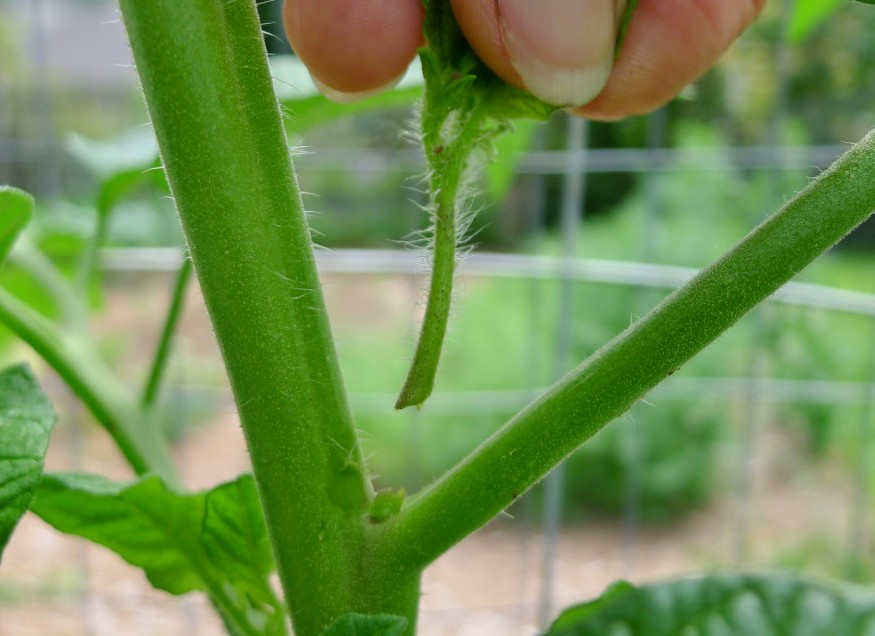
Now, let’s dive into the step-by-step process:
Step 1
Prune in the Morning: It’s best to prune tomato plants early in the morning when the suckers are more pliable. The midday sun can make them brittle and prone to tearing.
Step 2
Assess the Plant: Your goal is to create a single, central vertical stem with a few robust side shoots. Identify the main stem and larger side shoots. Pay attention to the smaller suckers growing where the main stem and side shoots meet. These offshoots can make the plant bulky and reduce your yield.
Step 3
Remove Suckers: Pinch off small suckers between your thumb and forefinger. Aim to do this in one swift motion to minimize damage. For thicker suckers, use a sharp knife or pruning shears to avoid a large wounded area.
Step 4
Dispose of Removed Suckers: Place the removed suckers under the plant to decompose or discard them.
Step 5
Avoid Cutting Shoots Above Flowers: Do not trim shoots growing above flowers, as these will produce more flowers. Focus on eliminating unwanted shoots on the main stem.
Step 6
Manage Multiple Stems: If a second main stem emerges, consider removing it. While you can let it grow in ample space, it’s often best to remove it in most cases.
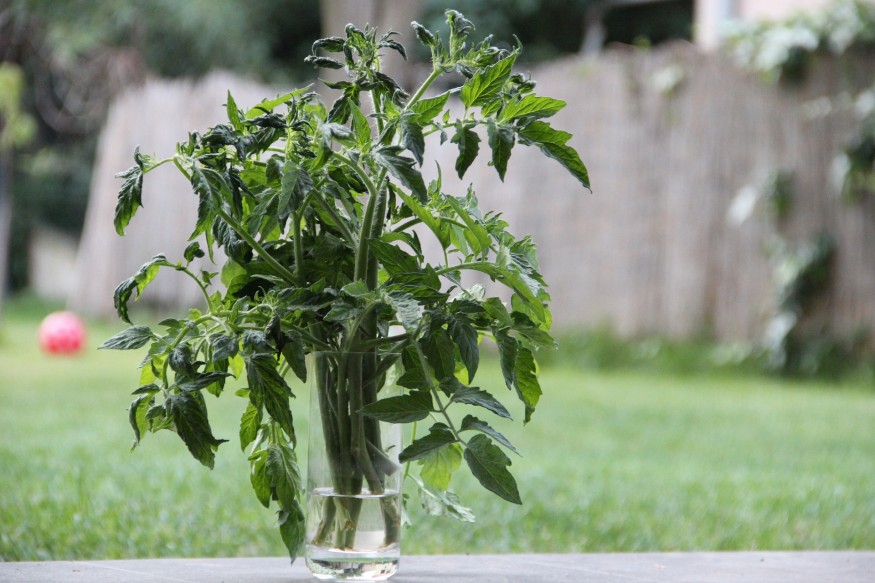
When and How Often to Prune Tomatoes
Now that you understand the basics, the question is: how often should you prune? Typically, once a week is sufficient, unless your plants are exceptionally vigorous. In most gardens, spending 15 minutes each week on this task should be enough.
Don’t fret if you miss a week or two; tomato plants will continue to grow and produce. However, consistent pruning makes plants more manageable and results in a higher fruit yield.
Summary
Pruning your tomato plants is a simple yet effective way to boost your harvest. Understanding the different tomato varieties, knowing when to prune, and following the basic rules can make a significant difference in the quantity and quality of your tomatoes. So, don’t be afraid to give your tomato plants a little trim; your taste buds will thank you come harvest time. Happy gardening!



